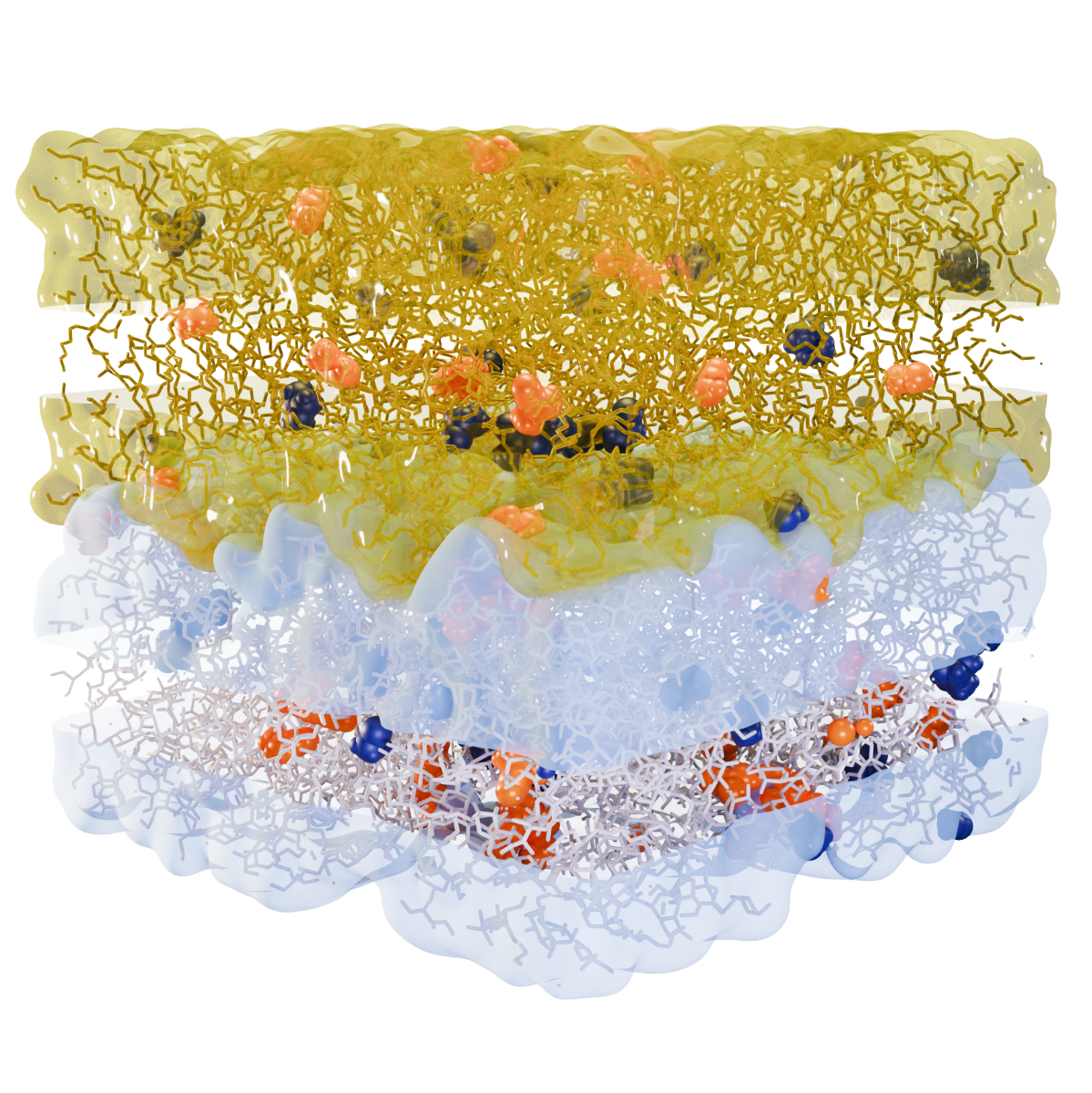Design best-in-class and sustainable specialty chemicals
NEXTMOL Lab is your polymer and surfactant simulation software across multiple sectors
Applications our customers are solving with NEXTMOL Lab
Additive migration in polymer materials
Polymer additives are chemicals added to a base polymer to improve processability, prolong the life span and/or achieve the desired properties in the final product. Polymer additives include plasticizers, anti-ageing stabilizers or colorants, to name a few. Additives with low solubility and high diffusion rates migrate fast to the surface of the polymer material during application. This effect is disadvantageous in most cases, as the polymer can lose its properties as an effect of volatilization and leaching of the additives from the surface.


Bio-based molecules for sustainability
NEXTMOL Lab helps you to accelerate the transformation from petrochemical feedstocks to bio-based, non-pollutant and carbon-neutral chemicals, to design biopolymers and biosurfactants fit for your applications thanks to our accurate algorithms for bio-based molecules characterization.
See our selected scientific publications:
Ranking the Efficiency of Gas Hydrate Anti-agglomerants through Molecular Dynamic Simulations, J. Phys. Chem. B (2021), 125, 1487−1502
Size dependence of the dissociation process of spherical hydrate particles via microsecond molecular dynamics simulations, Phys. Chem. Chem. Phys. (2021), 23, 11180
Molecular Simulations of Surfactant Adsorption on Iron Oxide from Hydrocarbon Solvents, Langmuir (2021), 37, 50, 14582–14596
Assessing the effect of a liquid water layer on the adsorption of hydrate antiagglomerants using molecular simulations, J. Chem. Phys. (2022), 157, 094703
Molecular Dynamics Simulations of Asphaltene Aggregation: Machine-Learning Identification of Representative Molecules, Molecular Polydispersity, and Inhibitor Performance, ACS Omega (2023), 8, 5, 4862–4877
Enthalpy of dissociation of the mixed methane + propane sII hydrate along the three-phase equilibrium line, Molecular Physics (2023)
Predicting the Glass Transition Temperature of Biopolymers via High-Throughput Molecular Dynamics Simulations and Machine Learning, ACS Applied Polymer Materials (2024), 6, 8, 4449–4461
Accelerating Detergent Innovation with Computational Chemistry, SOFW Journal 10-2025









